When Sony announced the RX1R III, my mind immediately leapt back to the original RX1R – a camera I had once carried, loved, and ultimately let go. The cost of the RX1R III is not one I could justify and I thought (and wrote) about how I could “build” my own alternative to the RX1R III – a Sony A7Cii paired with Mandler 35mm f/2. Though that setup gave me the right balance of affordability, flexibility, and image quality and in some sense, scratched the itch that RX1R III announcement triggered, here’s a truth: no matter how clever or cost-effective an alternative may be, the RX1R itself owned a place in my photography journey and perhaps is irreplaceable.
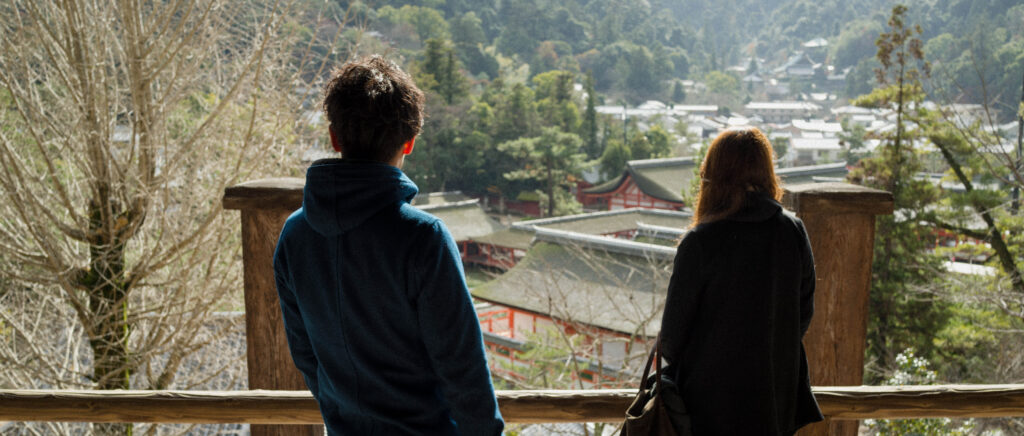
A Lens and Sensor in Perfect Harmony
The RX1R’s magic begins with its pairing of lens and sensor. The fixed Zeiss Sonnar 35mm f/2 wasn’t designed as an afterthought, it was crafted specifically for that sensor, in that tiny body, optimized in a way no interchangeable setup can fully match. It isn’t just about optical performance, every element of its rendering – the sharpness, the gentle fall-off, the microcontrast, the way it resolves detail without looking clinical – feels tuned and intentional. You aren’t mounting a lens onto a body. You’re experiencing a holistic design.

The Form Factor That Changes Everything
Then there’s the size. No matter how compact Sony makes its A7 bodies, once you attach a lens, you’re carrying more camera than the RX1R. The RX1R slips into a jacket pocket. It sits lightly in the hand, ready to disappear when not needed. It is, in practice, always there. That presence – or rather, that lack of burden – changes the way you shoot. It is quiet, discreet, and unassuming. People don’t notice it in the way they notice a camera. For a street photographer, this stealth is invaluable.
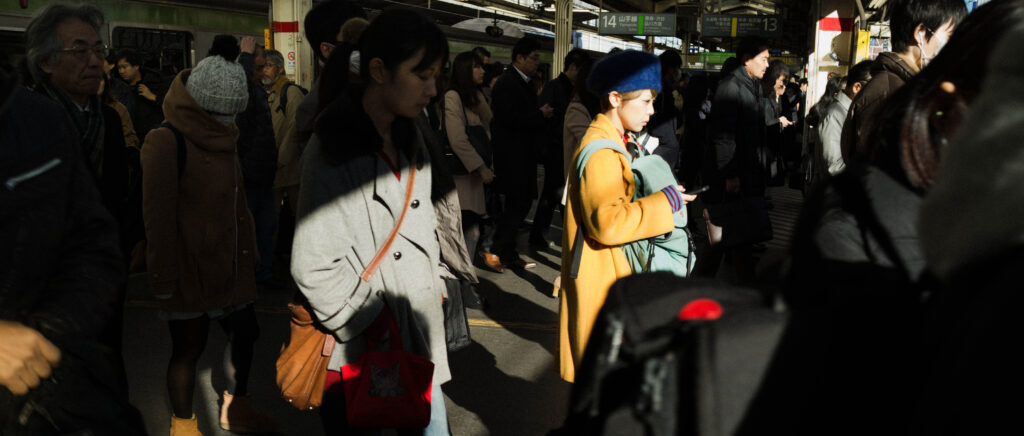
The Rendering
The Zeiss Sonnar 35mm f/2 on the RX1R is special. Its colour and subtle “pop” are qualities that no substitute has fully replicated for me. Lenses that emulate the Leica Summicron or other classics are admirable in their own right, but they don’t replicate the unique synergy of lens and sensor that Sony and Zeiss engineered together.
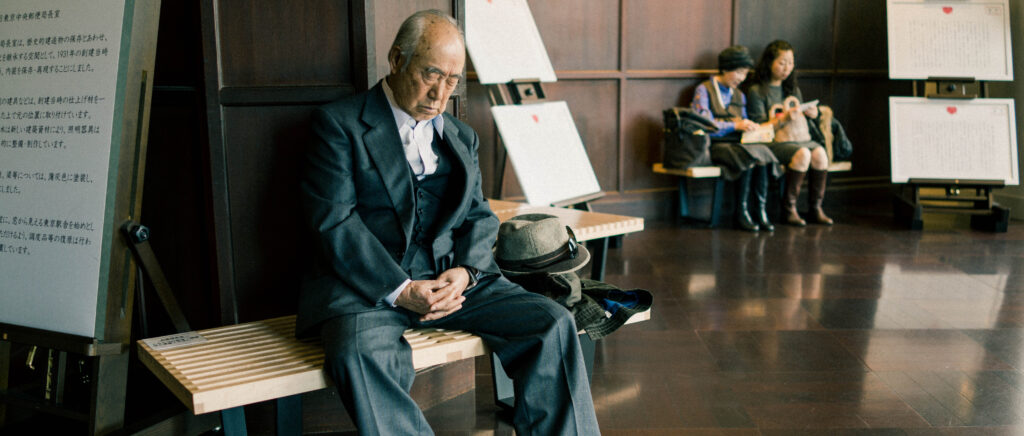
Much has been said about the clinical perfection of modern sensors and lenses. And while the RX1R is certainly sharp, it is never sterile. There’s a warmth to its files, a balance of contrast and tonal roll-off that feels… analog, for a lack of a better word. Sonnar at f/2 glows with a painterly transition into blur. It’s not film, but it has a cinematic texture that so many “better” camera struggle to emulate.
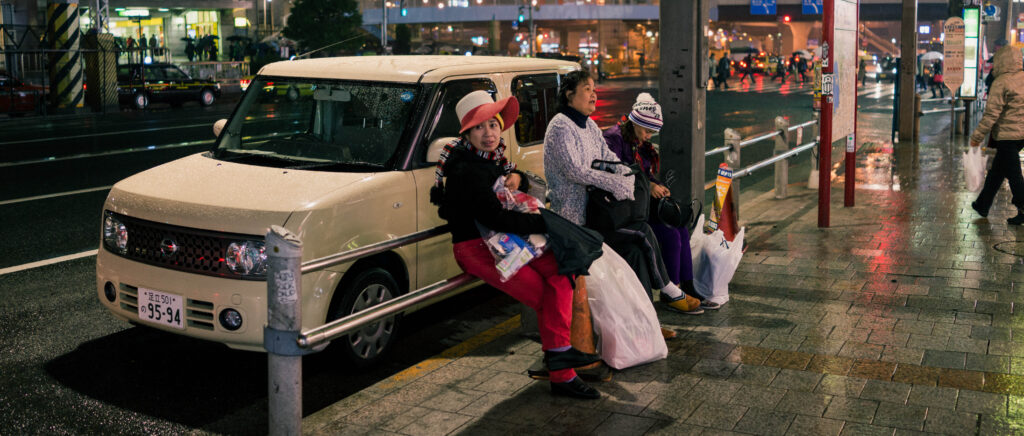
The Myth of Flexibility
One of the rationalisations I used when building a RX1R alternative was flexibility. With an interchangeable lens body, I told myself, I could shoot 28mm one day, 50mm the next. I could adapt vintage glass. I could experiment. Why restrict myself to a fixed lens? And for a while, this logic worked.
But what I learned is that too much choice often dilutes vision. With the RX1R, you stop thinking about gear and start seeing one focal length. After all, honestly, I have always been a one camera one lens person. While I am currently owning a TTartisan 28mm f/5.6 and a Zeiss Sonnar 50mm f/1.5, having more doesn’t necessarily bring more joy to my photography.
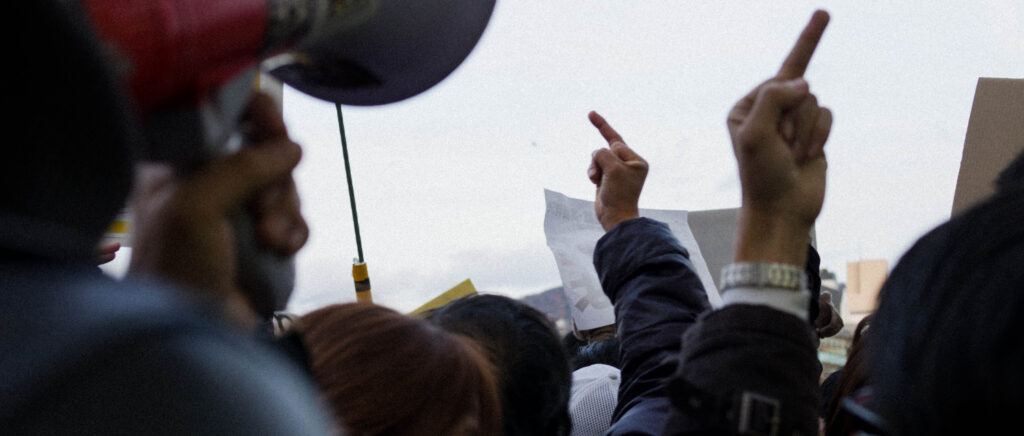
With a system camera, I never achieved that same purity I had with RX1R. I was always second-guessing myself: should I bring another lens, just in case? Should I swap this one out mid-walk? That mental noise eroded the clarity of shooting. The RX1R, in contrast, silences the chatter. It whispers: trust me, this is enough.
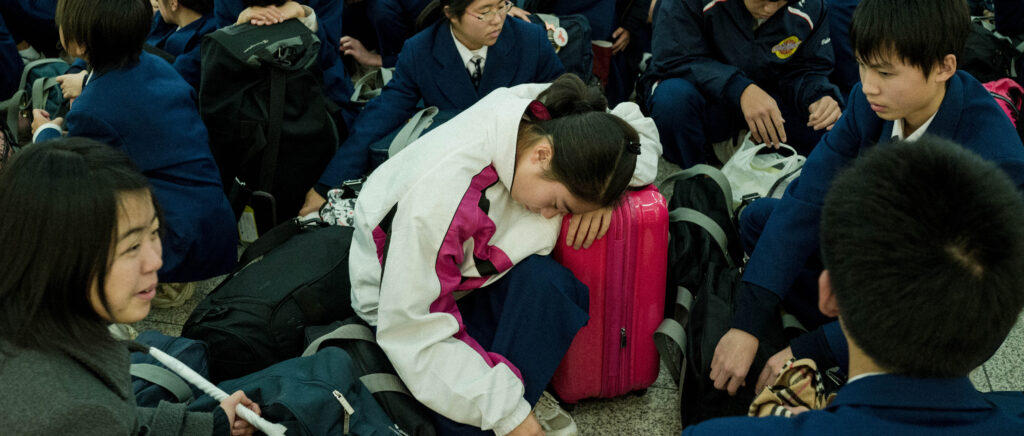
Handling Differences
There are quirks. The RX1R’s autofocus isn’t as snappy as a modern Sony body (though the mark III would have address it adequately). The lack of built-in-viewfinder can frustrate in bright light. Yet these quirks become part of its charm. With the RX1R, I was mindful of the battery constraints, I composed the pictures more, almost never spray. I shot with more deliberation.
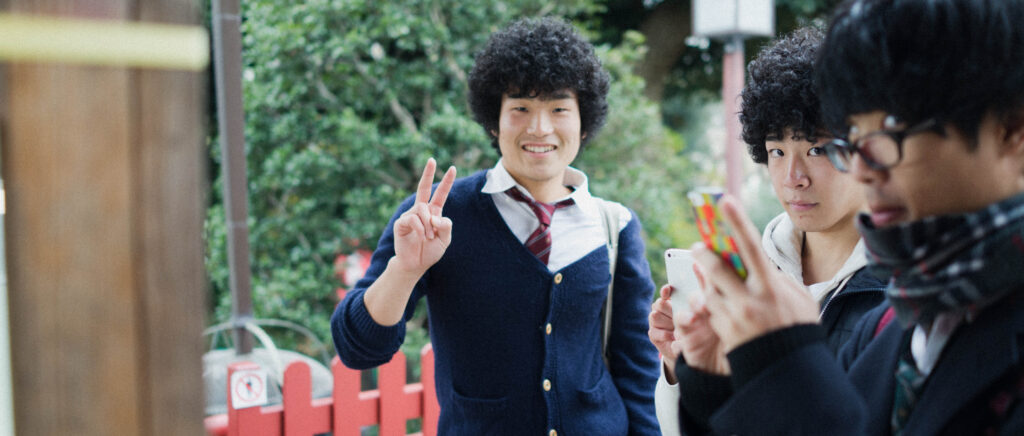
The RX1R feels like a camera designed for one thing – to walk, to see, to capture – and in that simplicity lies its beauty.
The Price of Perfection
Of course, none of this is cheap. Even with the original RX1R, on the used market, it demands a decent sum that some may deemed too much for an old camera. And while the RX1R III price make my A7Cii setup look like a bargain in comparison, is that setup a “good enough” kit for half the cost? Probably yes, but here’s the thing: “good enough” is not the same as unforgettable. You don’t remember the cameras that were fine. You remember the ones that imprinted themselves on your vision, the ones that slipped into your life so seamlessly that they became part of you. For me, that camera was the RX1R.
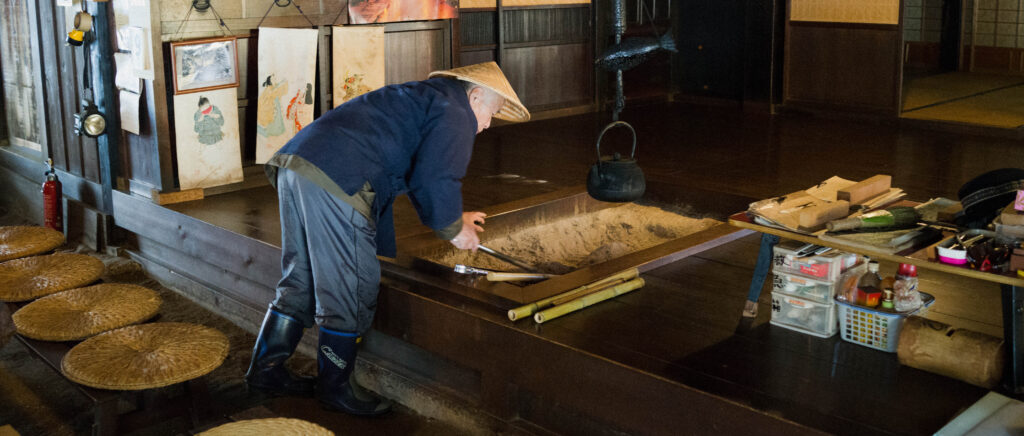
And so, while I can admire my own ingenuity of cobbling together cheaper setups against the RX1R III, I no longer fool myself into believing they are replacements. They are, at best, shadows – reminders of the original, but never the original itself. The RX1R (series) is a camera you grow attached to. It has personality. The mark 1 specifically has flaws. And those flaws, rather than being frustrating, somehow deepen the bond. The RX1R III however addresses most, if not all of the forementioned flaws. Will it still charm like before?
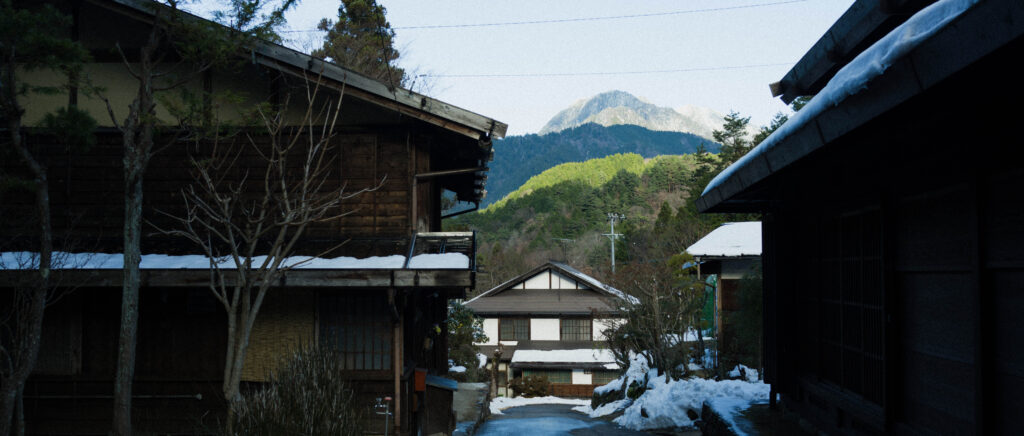
Conclusion: Accepting the Irreplaceable
Building an alternative to the RX1R III was worthwhile from cost perspective. It gave me a tool that works for my budget and my needs. But it also reminded me that some cameras aren’t just tools – they are experiences.
The RX1R is one of them. No combination of body and lens replaces it. In its compactness, rendering, and feel, it remains unique.
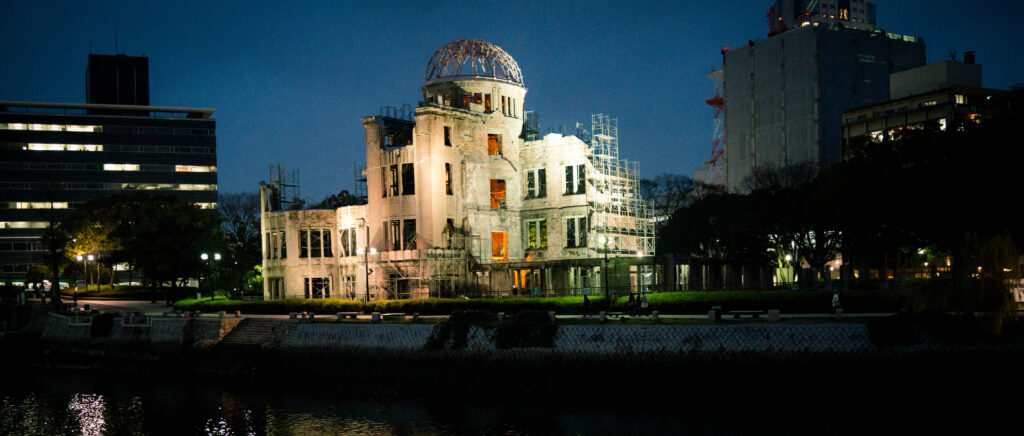
In the end, the RX1R stands alone. Alternatives may work in practice. But the RX1R works in spirit – and that’s why it remains irreplaceable.
Author’s Note
This piece is a companion to my earlier article, My Alternative to RX1R III: Sony A7Cii and Mandler 35mm f/2. If that article was about building a practical setup, this one is about acknowledging what can’t be replaced. Together, they form two sides of my journey as a street photographer: balancing practicality with passion, compromise with longing and alternatives with originals.
(All photos taken with RX1R, frames of memories of a trip to Japan, made quietly – edited in Lightroom, grains added to give the photos a slight film-look)
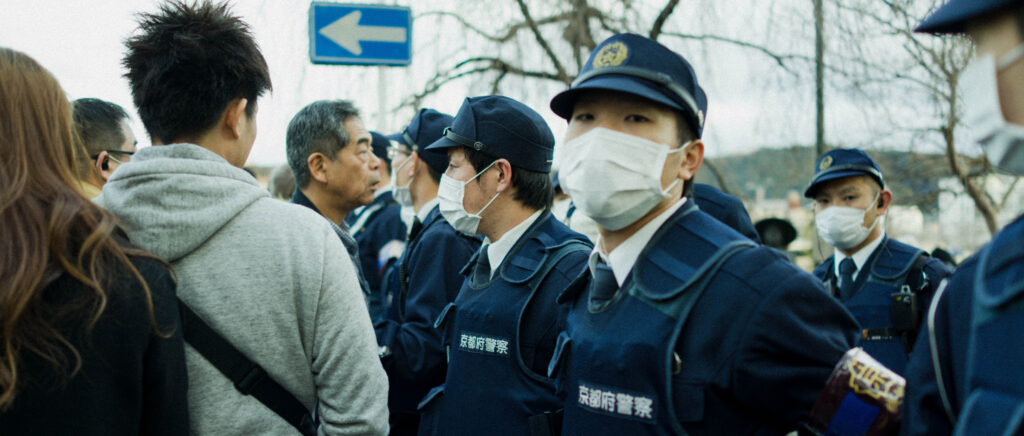
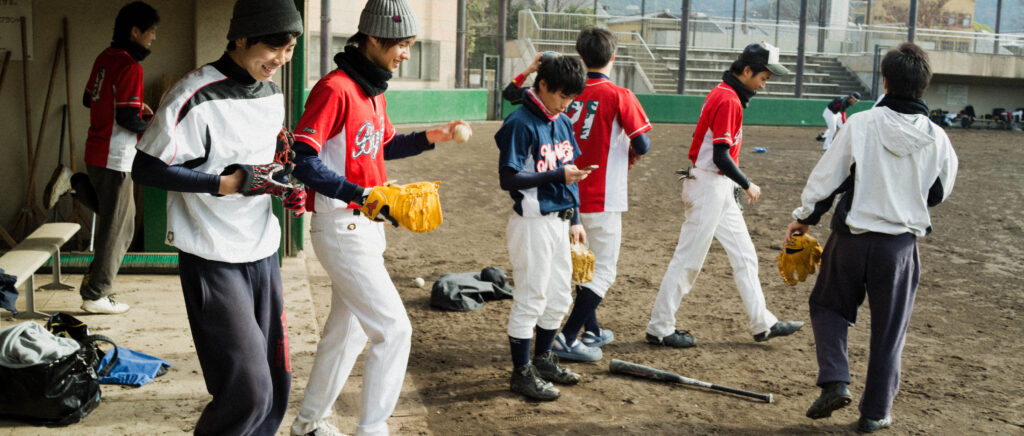
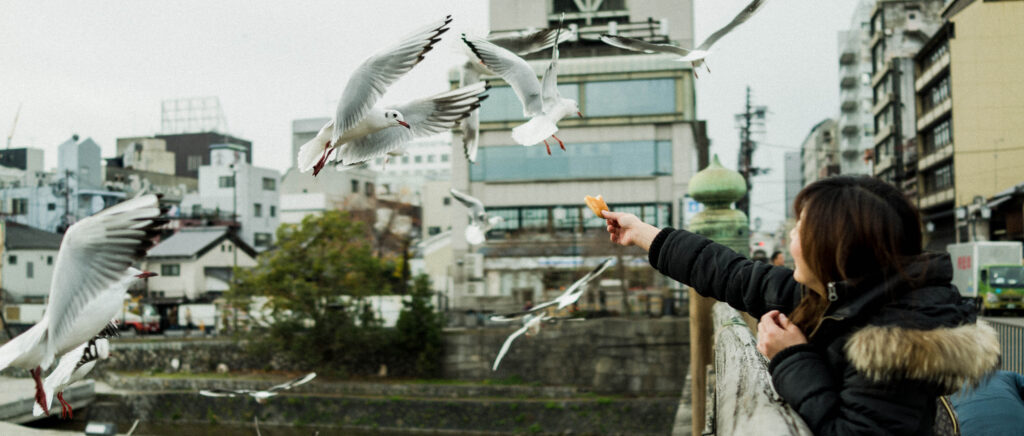
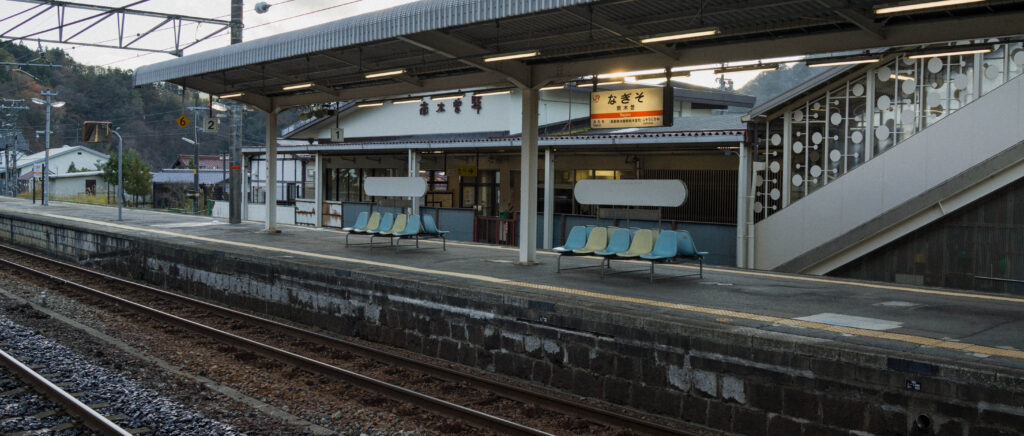
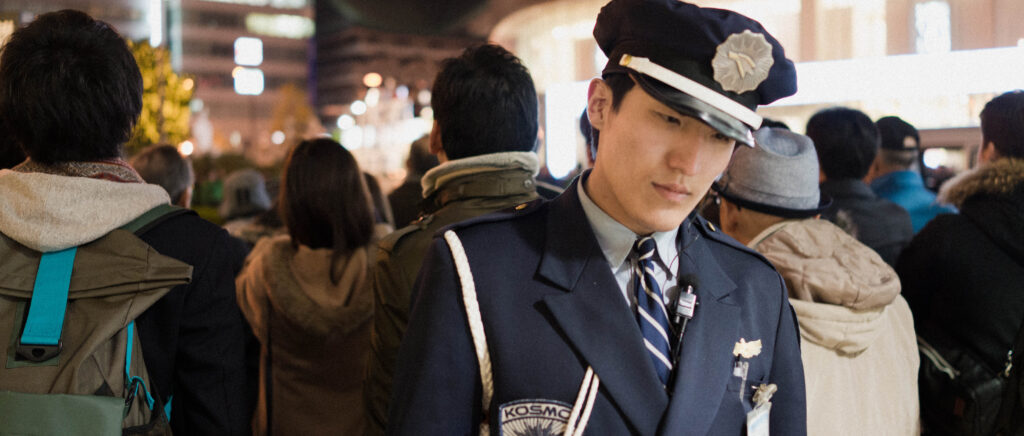
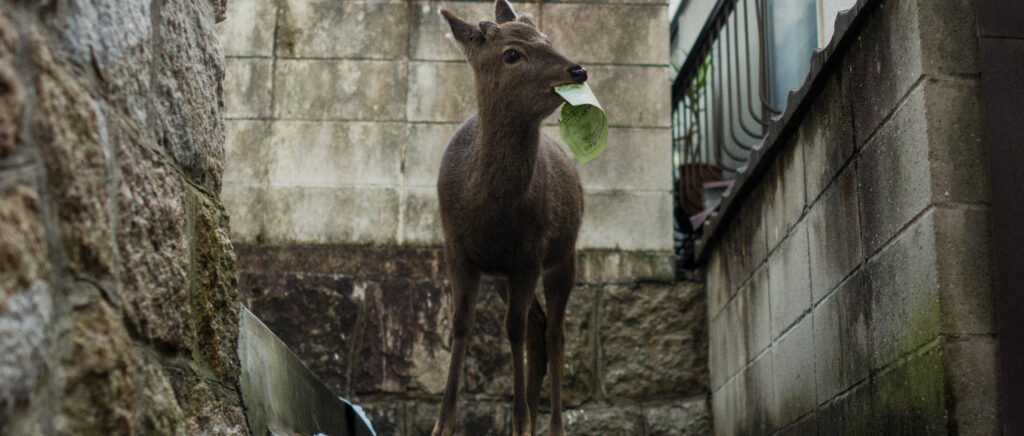
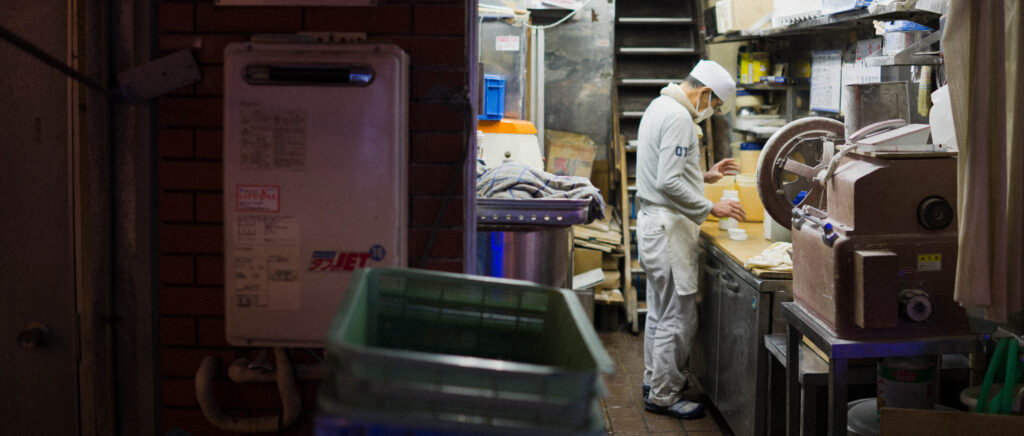
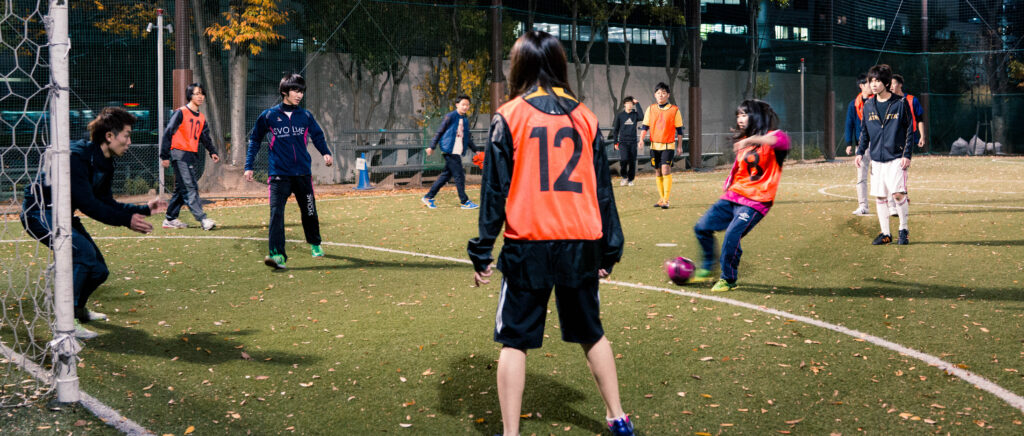
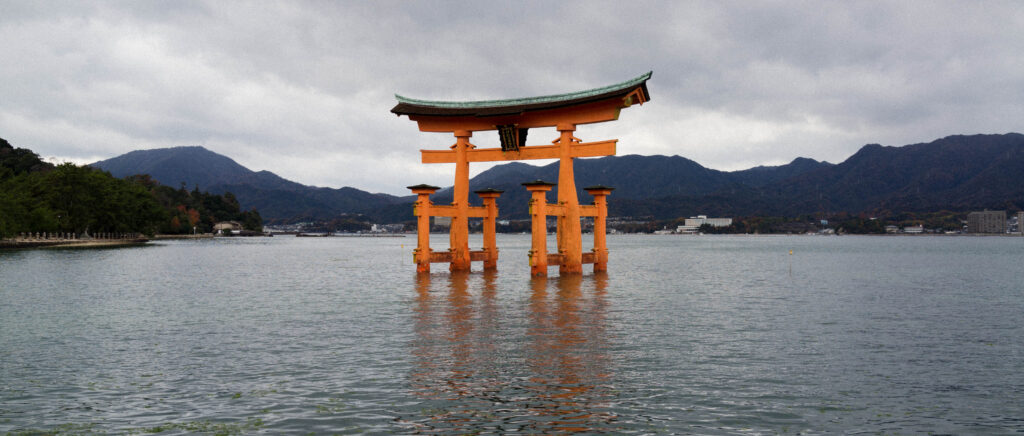
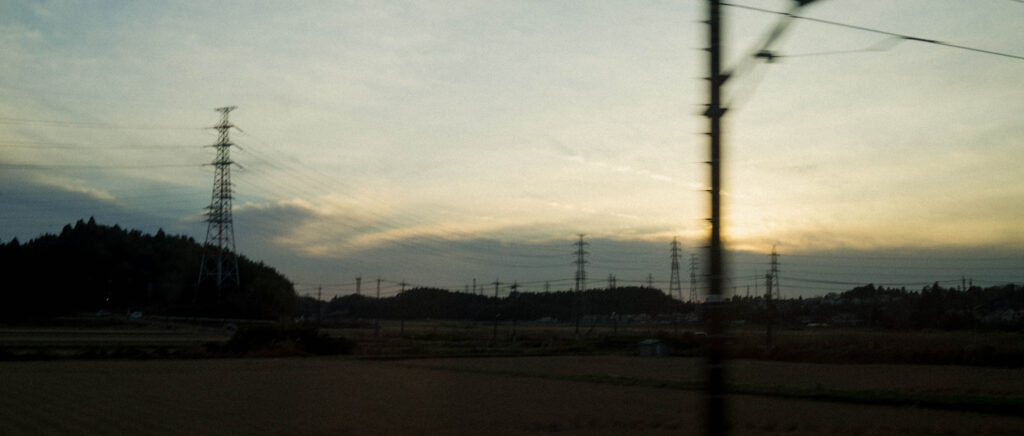
Thanks for reading.
Sien Hong.
Share this post:
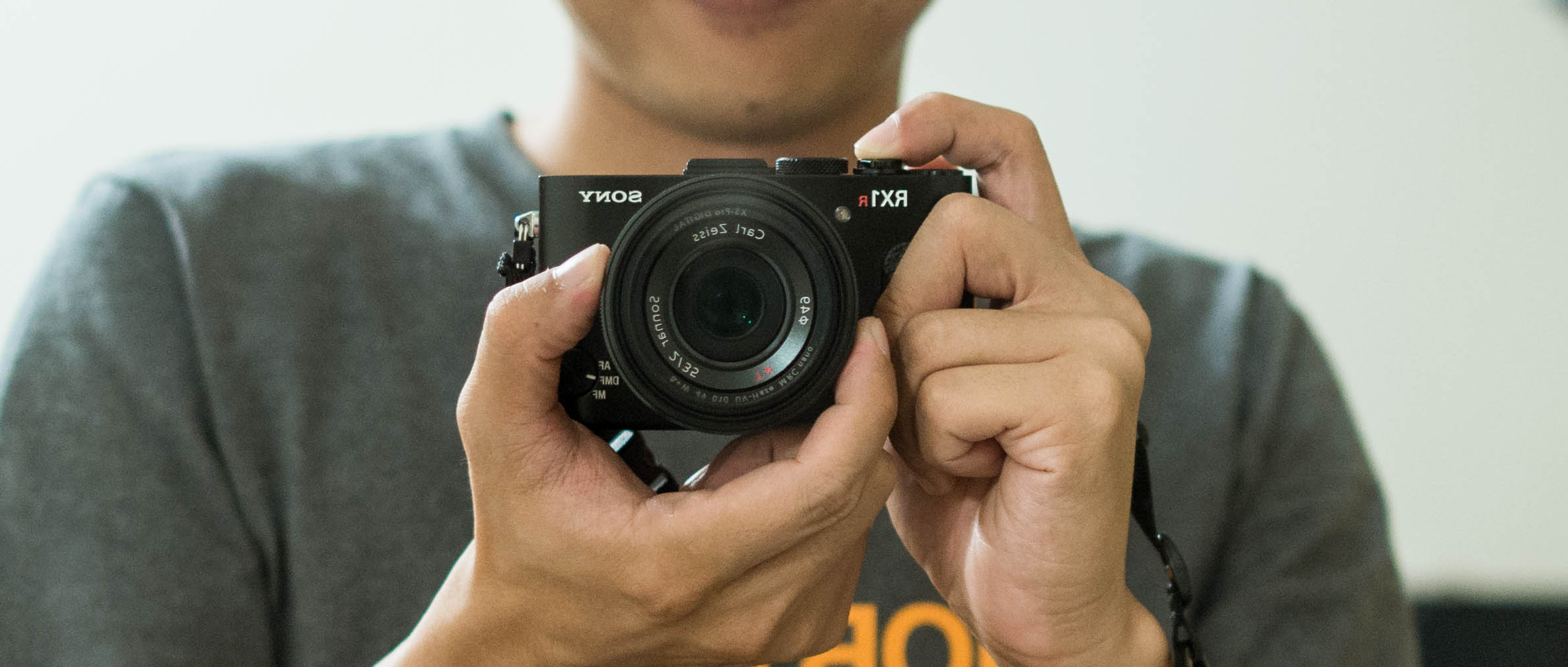
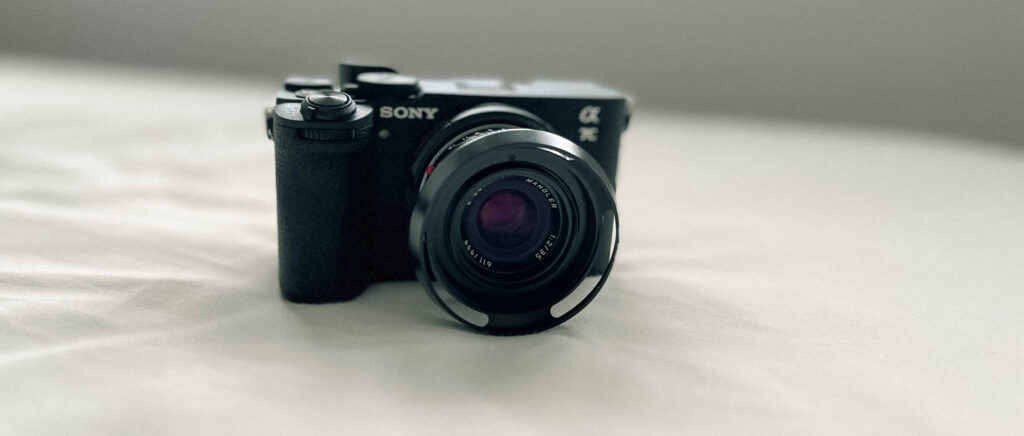
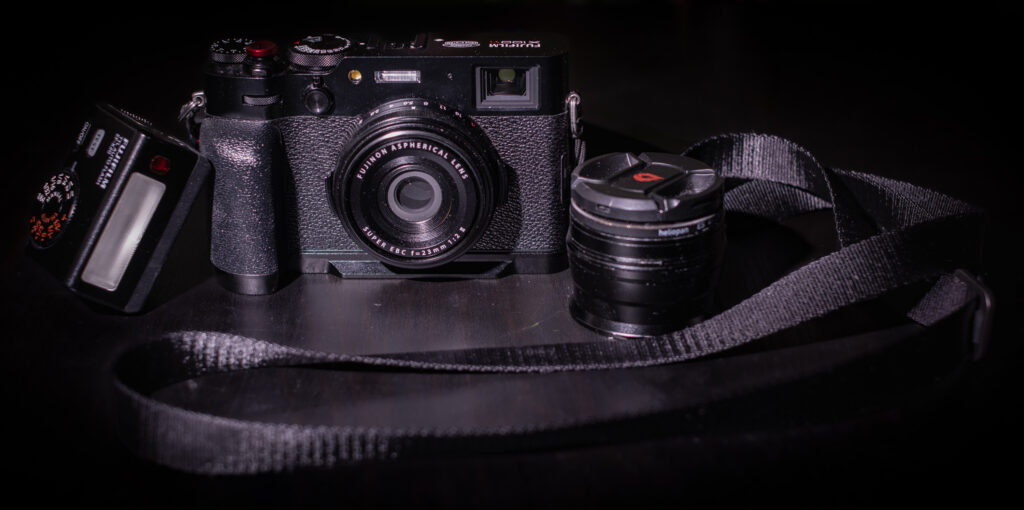
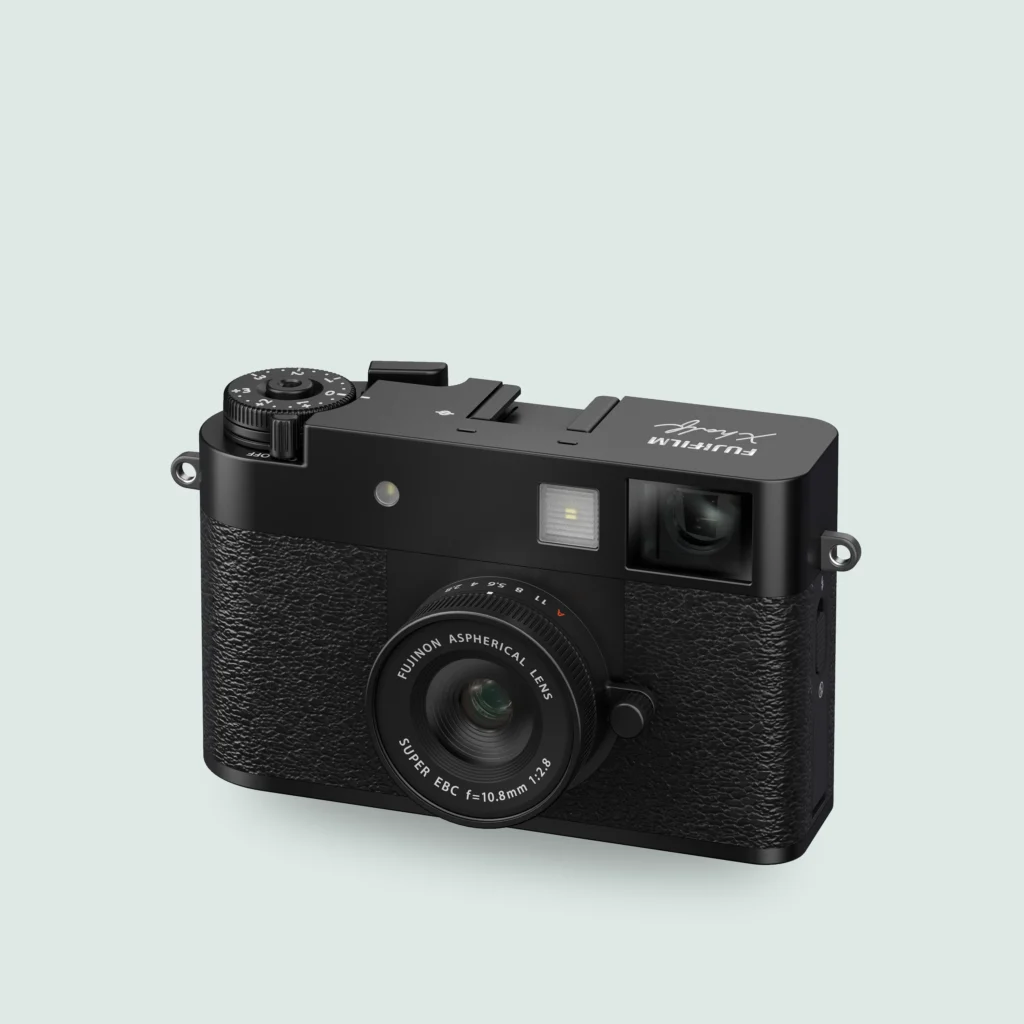
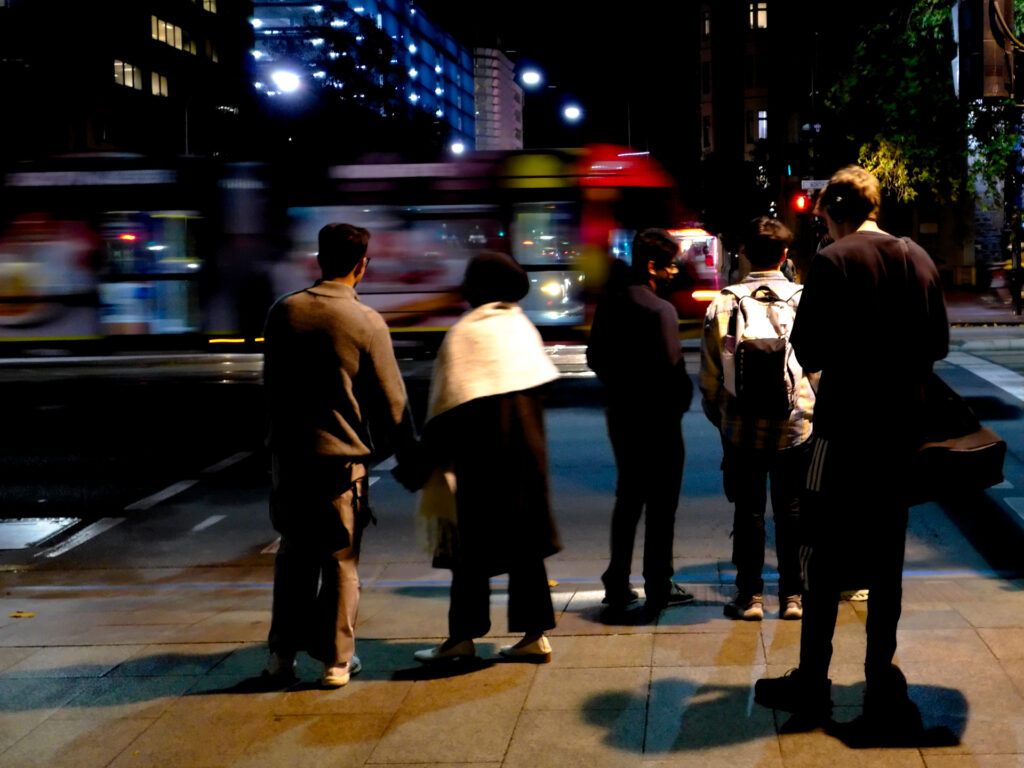
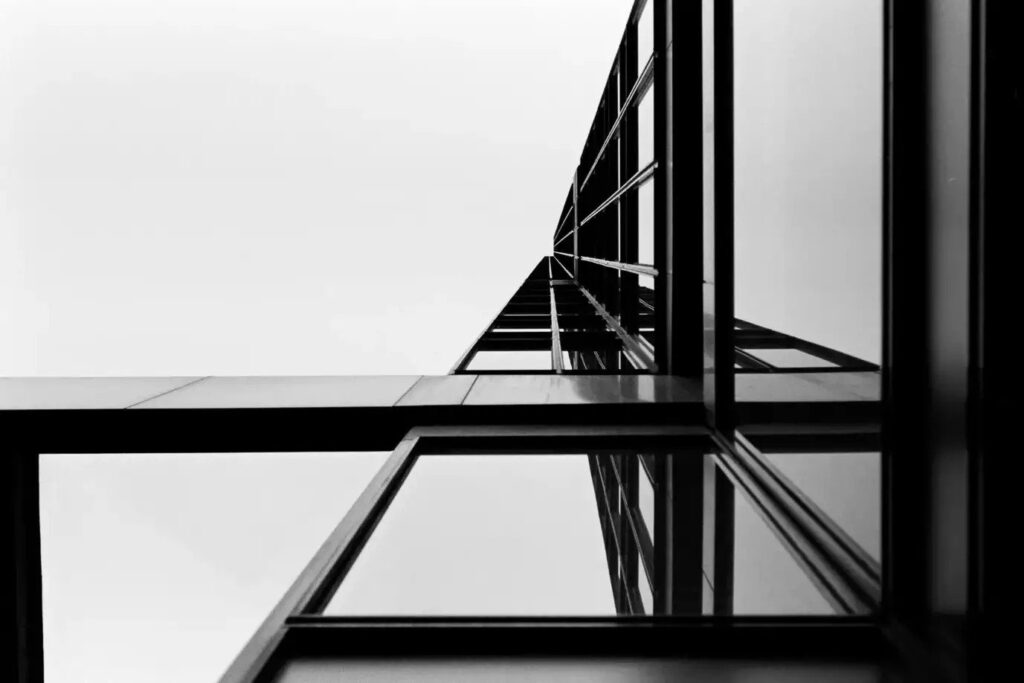
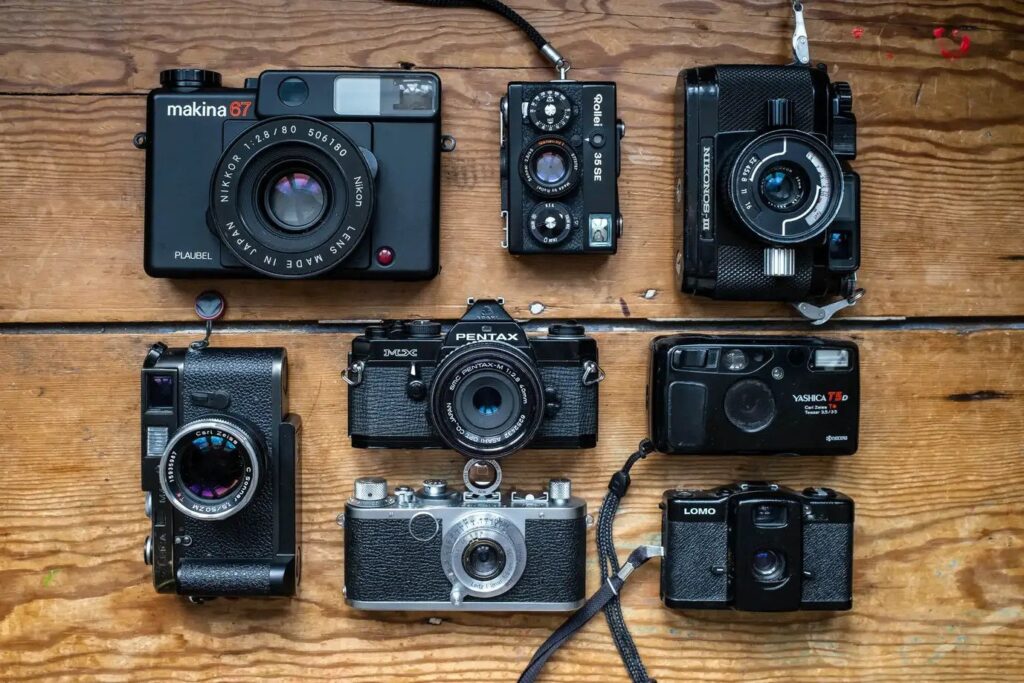
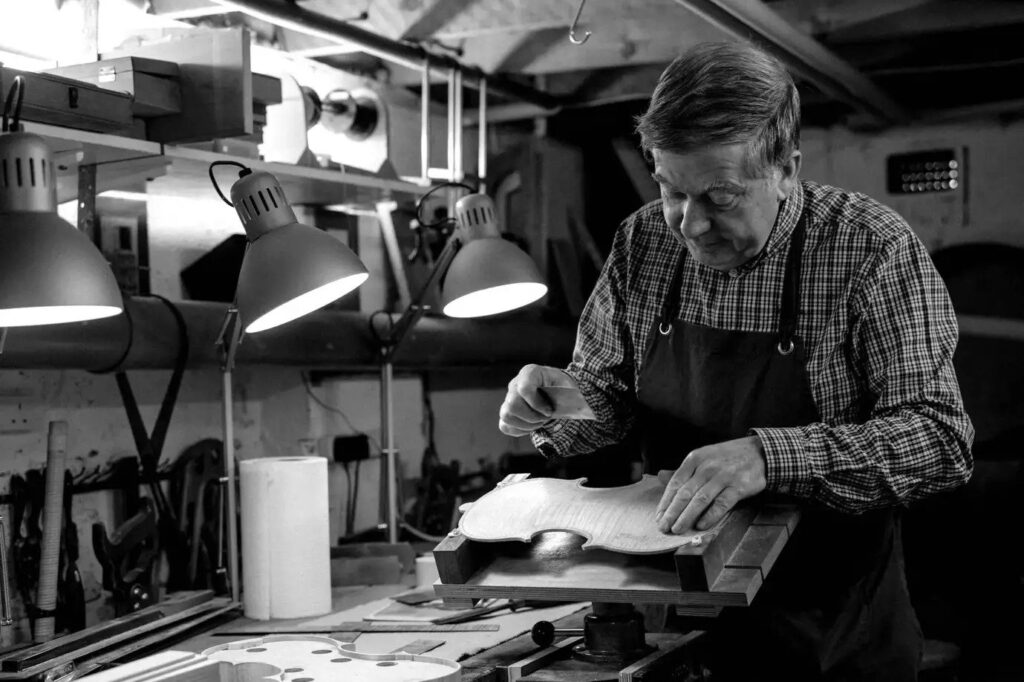
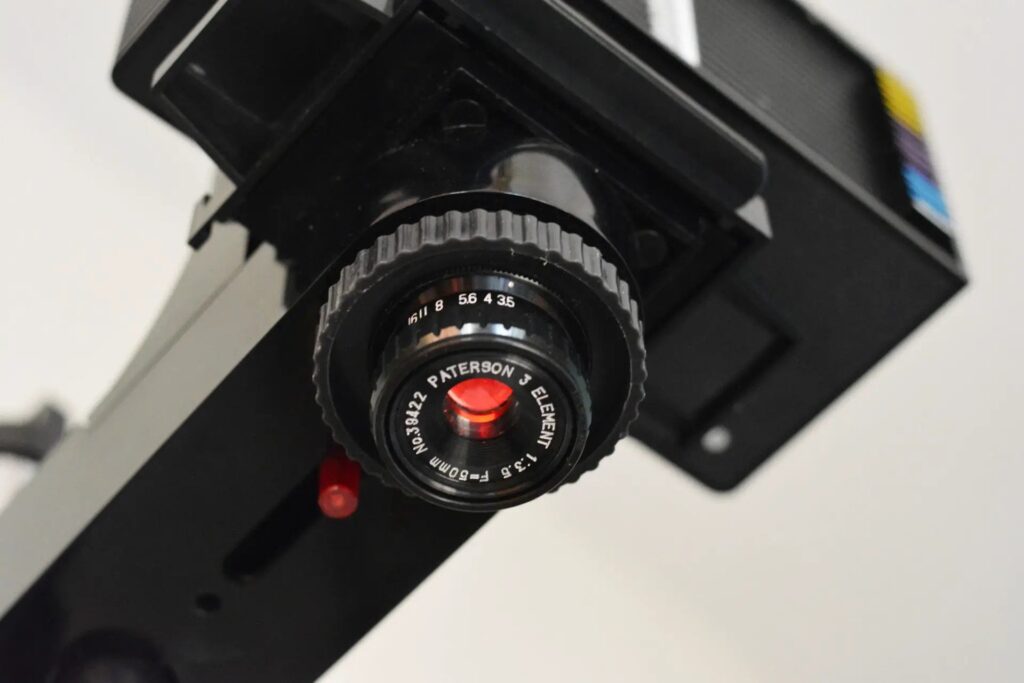
Comments
Geoff Chaplin on Sony RX1R and the Illusion of Alternatives
Comment posted: 02/10/2025
Many great images! Is that cropped format always your style?
Y on Sony RX1R and the Illusion of Alternatives
Comment posted: 02/10/2025
Mike Brooks on Sony RX1R and the Illusion of Alternatives
Comment posted: 02/10/2025